Studiopepe unearths a new aesthetic inspired by ancient sacred artefacts
Presented through an immersive installation at Fuorisalone 2022, Studiopepe has created a collection of furniture and objects with Galerie Philia, marking the studio’s debut into collectible design

Flavio Pescatori - Photography
Studiopepe’s new collectible furniture and objects collection demonstrates that contemporary design and the history of ancient civilisations can go hand in hand. Presented by Galerie Philia at Fuorisalone 2022, ‘Temenos’ is named after the circular sacred area found in ancient Greek temples and is inspired by the items collected by the Luigi Pigorini National Museum of Prehistory and Ethnography in Rome.
‘The collection explores the notion of sacredness in its anthropological and historical complexity, and the symbols given to objects and furniture pieces throughout history,’ explain Studiopepe founders Arianna Lelli Mami and Chiara Di Pinto.
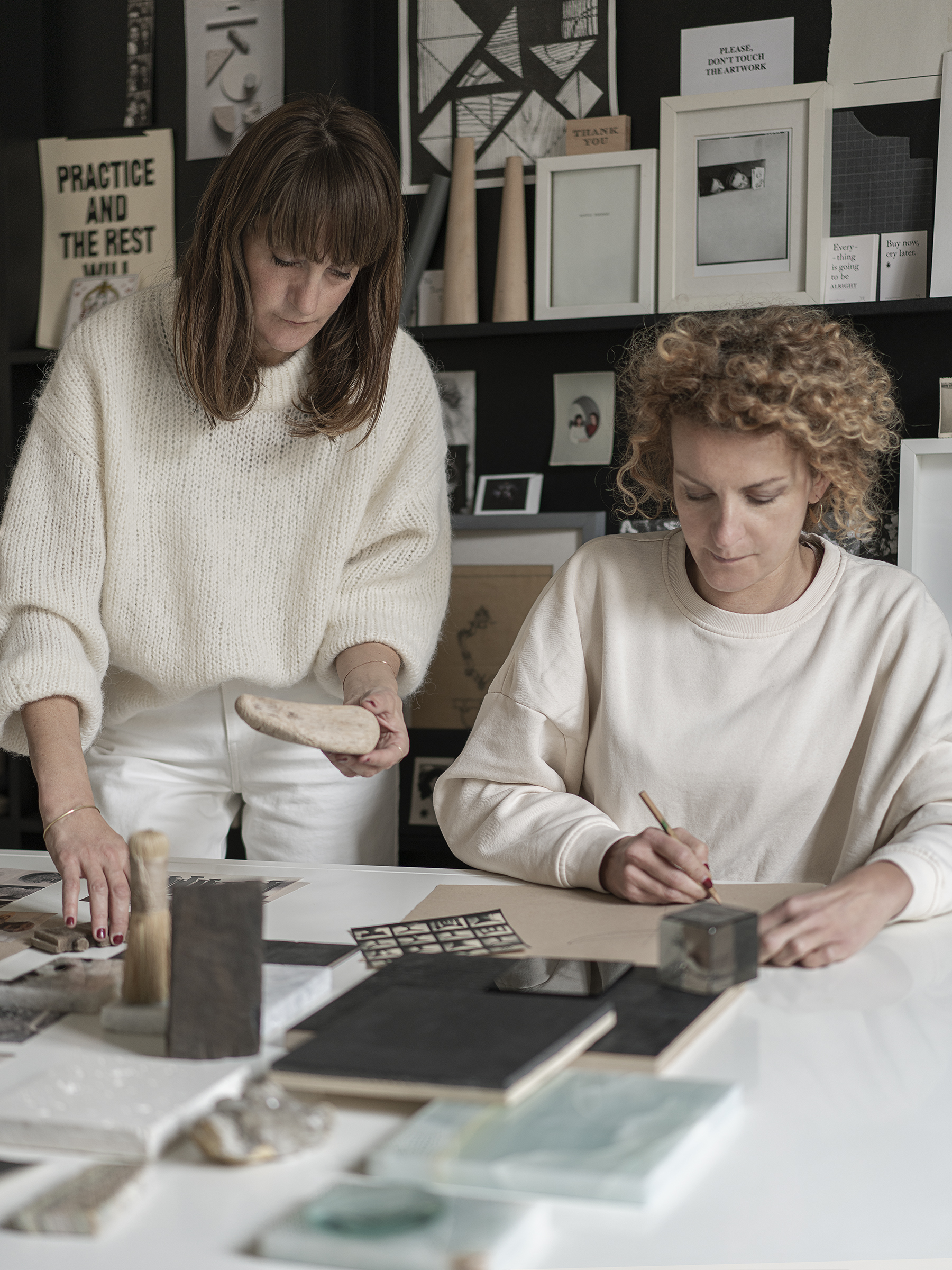
Arianna Lelli Mami (left) and Chiara Di Pinto (right) at work on the ‘Temenos’ collection
Although this is their first foray into collectible design, the Milan-based pair have often employed the codes of the genre in their work, especially in what they call ‘Manifesto projects’, experimental and research-based designs that over the years have set the creative tone of the studio. Of these, the 2016 ‘Ossimori’ collection featured sculptural objects (lamps, mirrors) exploring future archaeology, and its research and aesthetic planted the seed for ‘Temenos’.
To develop ‘Temenos’, the designers worked closely with Galerie Philia co-founder Ygaël Attali, a long-time admirer of their work: ‘I remember a feeling of serenity and calmness when I first walked through a residential project of theirs in Milan a few years ago,’ he recalls. ‘I was particularly fascinated by their passion for history and archaeology blended with contemporary art and design. We share similar passions, so it made sense to honour their vision and our common interests with a new collection.’
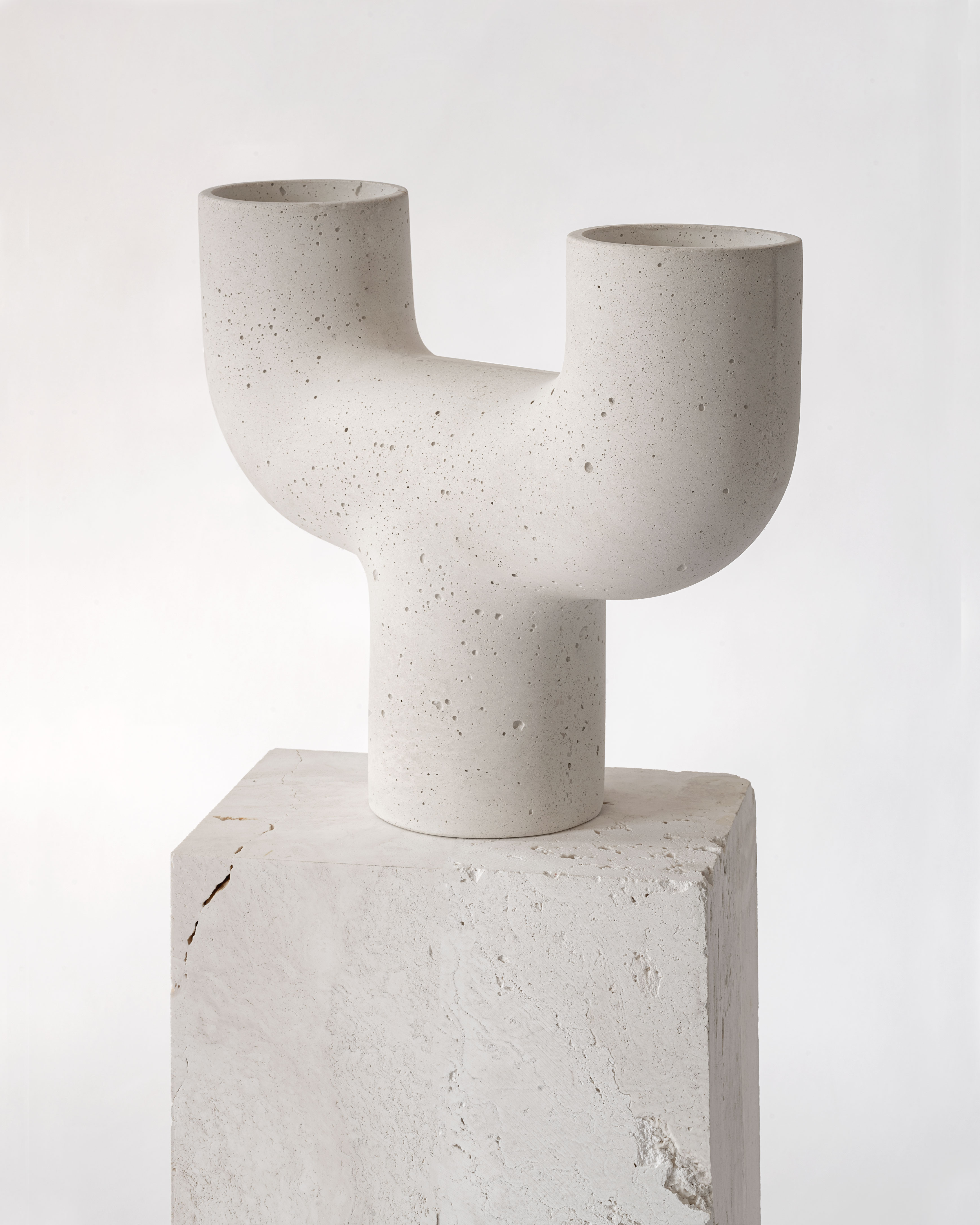
‘Temu’ concrete corn lamp
Leading up to the project, Attali, Lelli Mami and Di Pinto shared conversations about the history of design and objects, their typologies, and their changing meanings across space and time. ‘The theme that was recurrent in our discussions was the concept of sacrality and its limits,’ says Attali. The trio pondered what makes an object sacred, and how spatial design can add a sense of spiritual importance to an object.
The ‘Temenos’ collection includes objects whose aesthetic references ancient artefacts and architecture, imbued with modern functionality. In the hands of the studio, thrones become armchairs, altars morph into more modern tables. The breadth of their research is also evident in a series of smaller objects that include the ‘Menhir’ candleholder and ‘Canopic’ vases, respectively referencing Bronze Age monoliths and Egyptian artefacts. ‘As we study and learn more about these cultures, we discover connections between beliefs, collective imagination, archetypes – they are like threads connecting humanity,’ says Lelli Mami. ‘This is what design is based on: objects that everyone can understand.’ The primitive forms of the objects stand in contrast with their exquisite craftsmanship and sophisticated material palette: translucent onyx is paired with charred wood, terracotta, mirrored metal and white plaster. Lelli Mami describes the overall aesthetic as ‘sculptural primitive with a decorative refinement’.
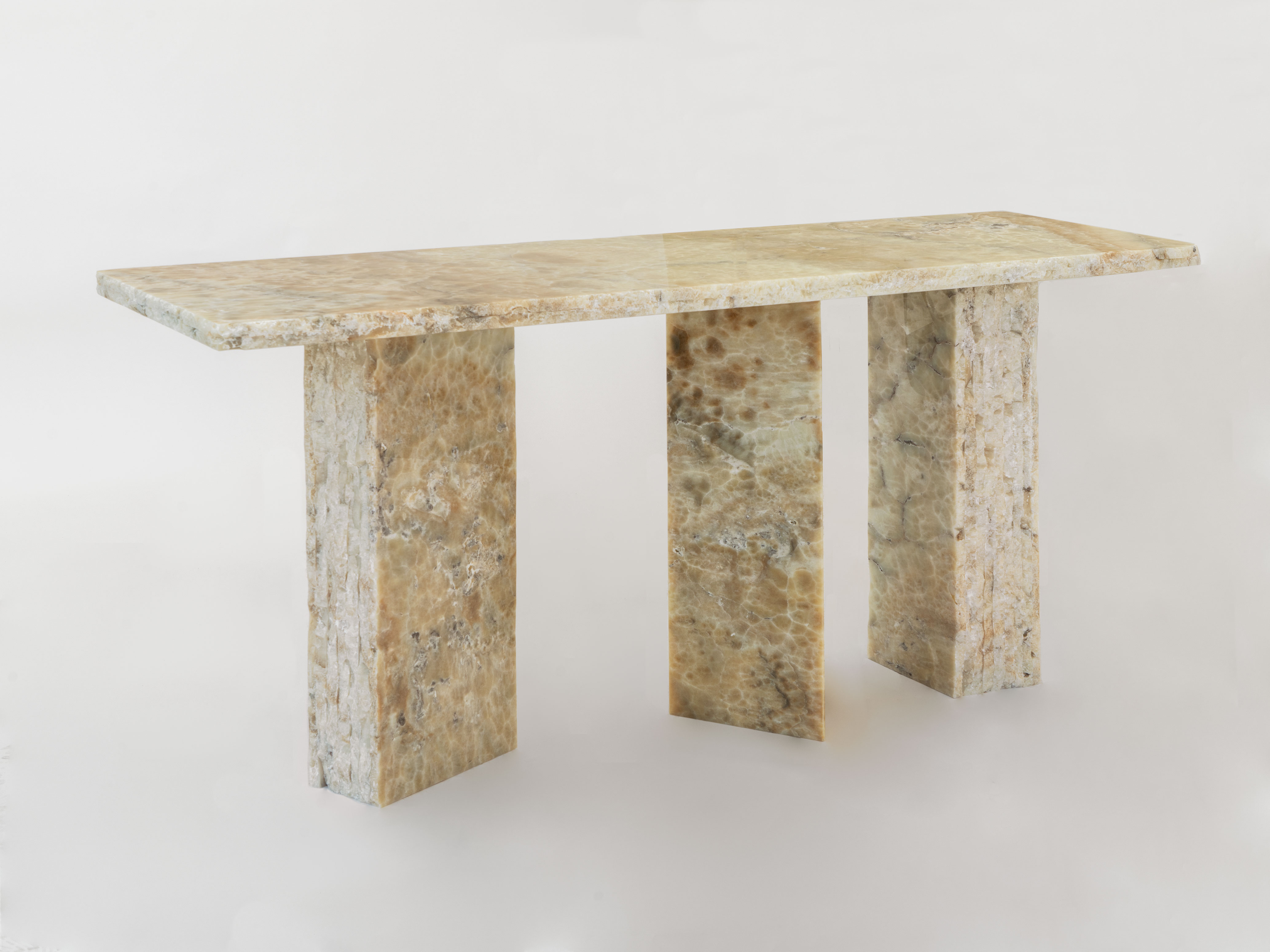
‘Shu’ console
‘Temenos’ is the culmination of years of travels and research. Some of the places that most influenced the duo’s work include Stonehenge, the Temple of Apollo at Delphi, and the Bronze Age holy wells of Sardinia. These locations, says Di Pinto, ‘might not immediately feel connected to one another, but then suddenly they join up like the pearls of a necklace.’ They also note that the artefacts found on these sites are incredibly modern in their aesthetic, their only decoration being linked to their sacred function.
Wallpaper* Newsletter
Receive our daily digest of inspiration, escapism and design stories from around the world direct to your inbox.
The collection will be presented in Milan through an immersive installation based on a circular temple, with interactive elements including a film produced by the studio, which will be projected on a bed of salt (a symbol of purification in ancient rituals).
‘Studiopepe’s organic sculptural designs, entirely made by hand, highlight the beauty of imperfection in a finished work,’ concludes Attali. ‘They have produced a powerful ensemble of pieces that stand out through thematic and aesthetic coherence.’
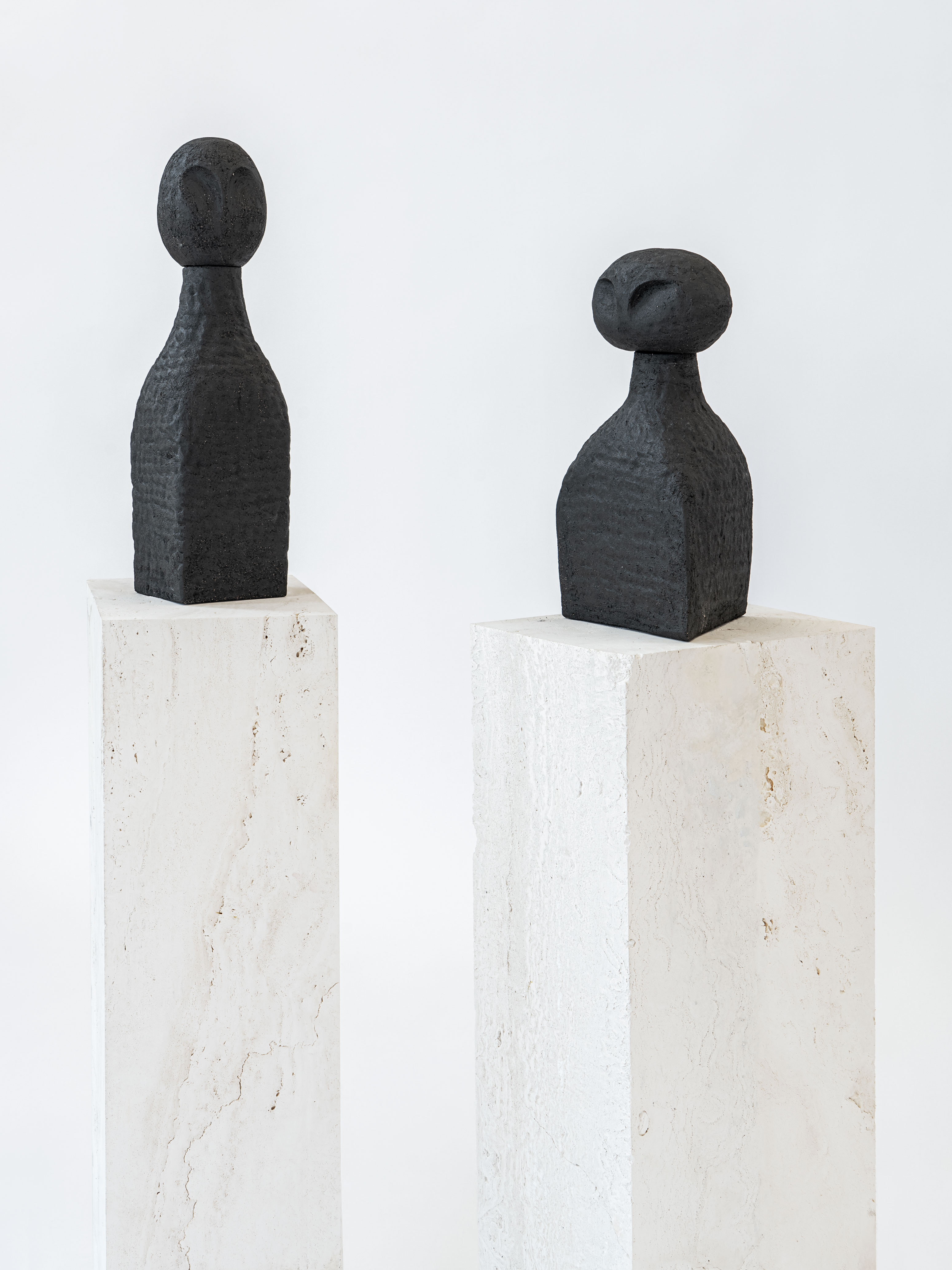
‘Seth & Sekhmet’ vases
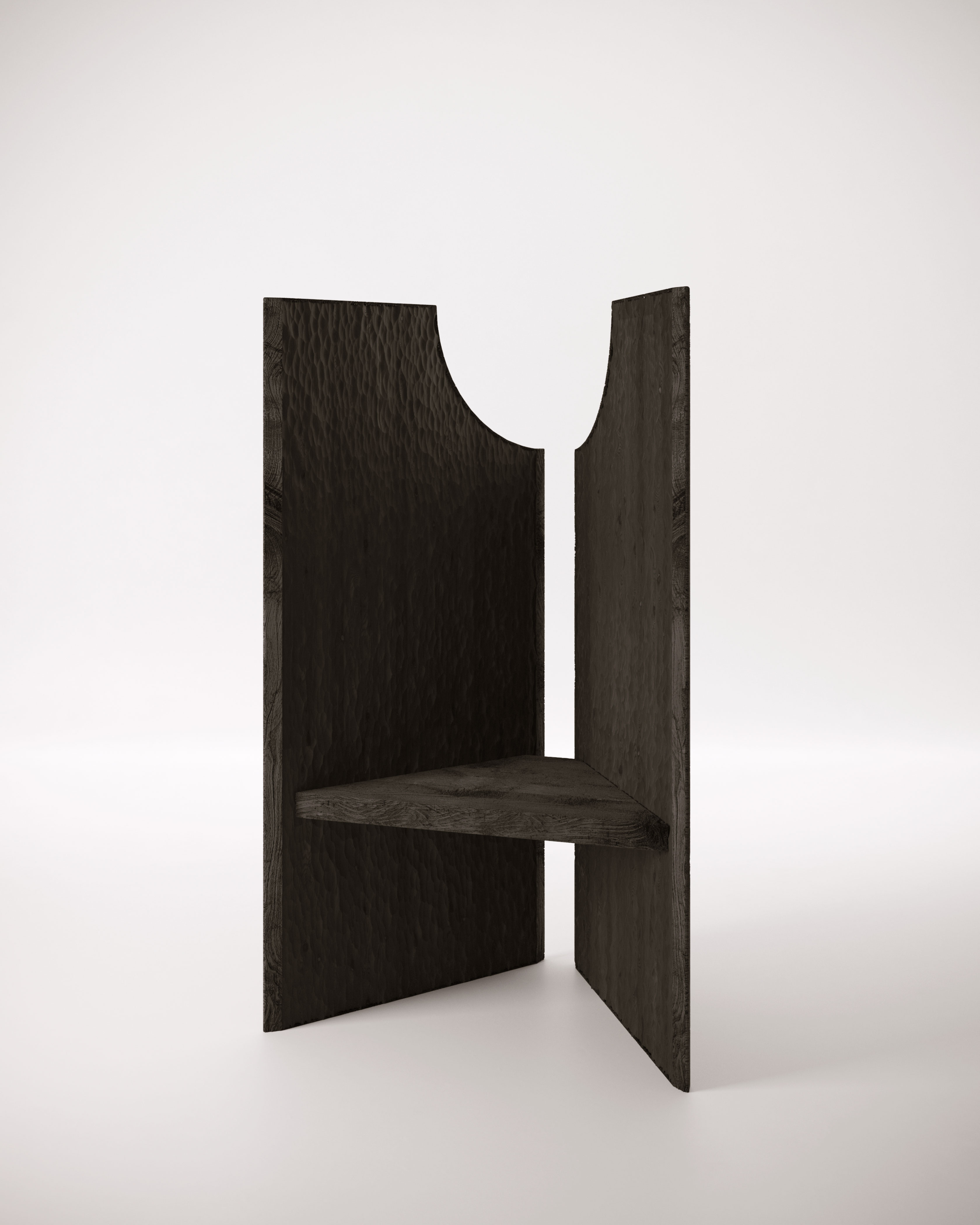
‘Nut’ black wood throne
INFORMATION
‘Temenos’ is on view from 6 – 12 June
studiopepe.info
galerie-philia.com
ADDRESS
Baranzate Ateliers
Via Milano 251
20021 Baranzate
Italy
Rosa Bertoli was born in Udine, Italy, and now lives in London. Since 2014, she has been the Design Editor of Wallpaper*, where she oversees design content for the print and online editions, as well as special editorial projects. Through her role at Wallpaper*, she has written extensively about all areas of design. Rosa has been speaker and moderator for various design talks and conferences including London Craft Week, Maison & Objet, The Italian Cultural Institute (London), Clippings, Zaha Hadid Design, Kartell and Frieze Art Fair. Rosa has been on judging panels for the Chart Architecture Award, the Dutch Design Awards and the DesignGuild Marks. She has written for numerous English and Italian language publications, and worked as a content and communication consultant for fashion and design brands.
-
 Put these emerging artists on your radar
Put these emerging artists on your radarThis crop of six new talents is poised to shake up the art world. Get to know them now
By Tianna Williams
-
 Dining at Pyrá feels like a Mediterranean kiss on both cheeks
Dining at Pyrá feels like a Mediterranean kiss on both cheeksDesigned by House of Dré, this Lonsdale Road addition dishes up an enticing fusion of Greek and Spanish cooking
By Sofia de la Cruz
-
 Creased, crumpled: S/S 2025 menswear is about clothes that have ‘lived a life’
Creased, crumpled: S/S 2025 menswear is about clothes that have ‘lived a life’The S/S 2025 menswear collections see designers embrace the creased and the crumpled, conjuring a mood of laidback languor that ran through the season – captured here by photographer Steve Harnacke and stylist Nicola Neri for Wallpaper*
By Jack Moss
-
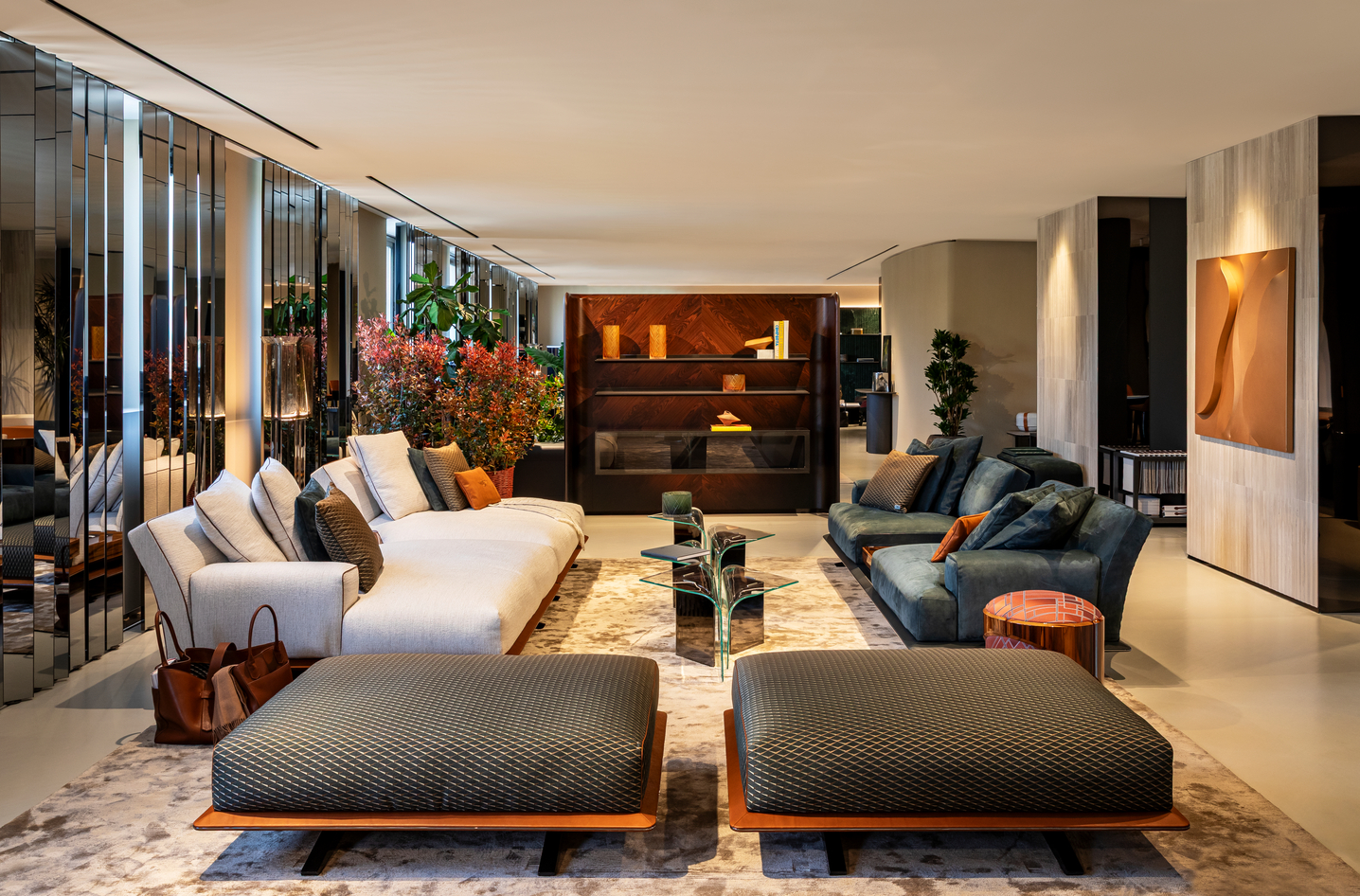 Bentley’s new home collections bring the ‘potency’ of its cars to Milan Design Week
Bentley’s new home collections bring the ‘potency’ of its cars to Milan Design WeekNew furniture, accessories and picnic pieces from Bentley Home take cues from the bold lines and smooth curves of Bentley Motors
By Anna Solomon
-
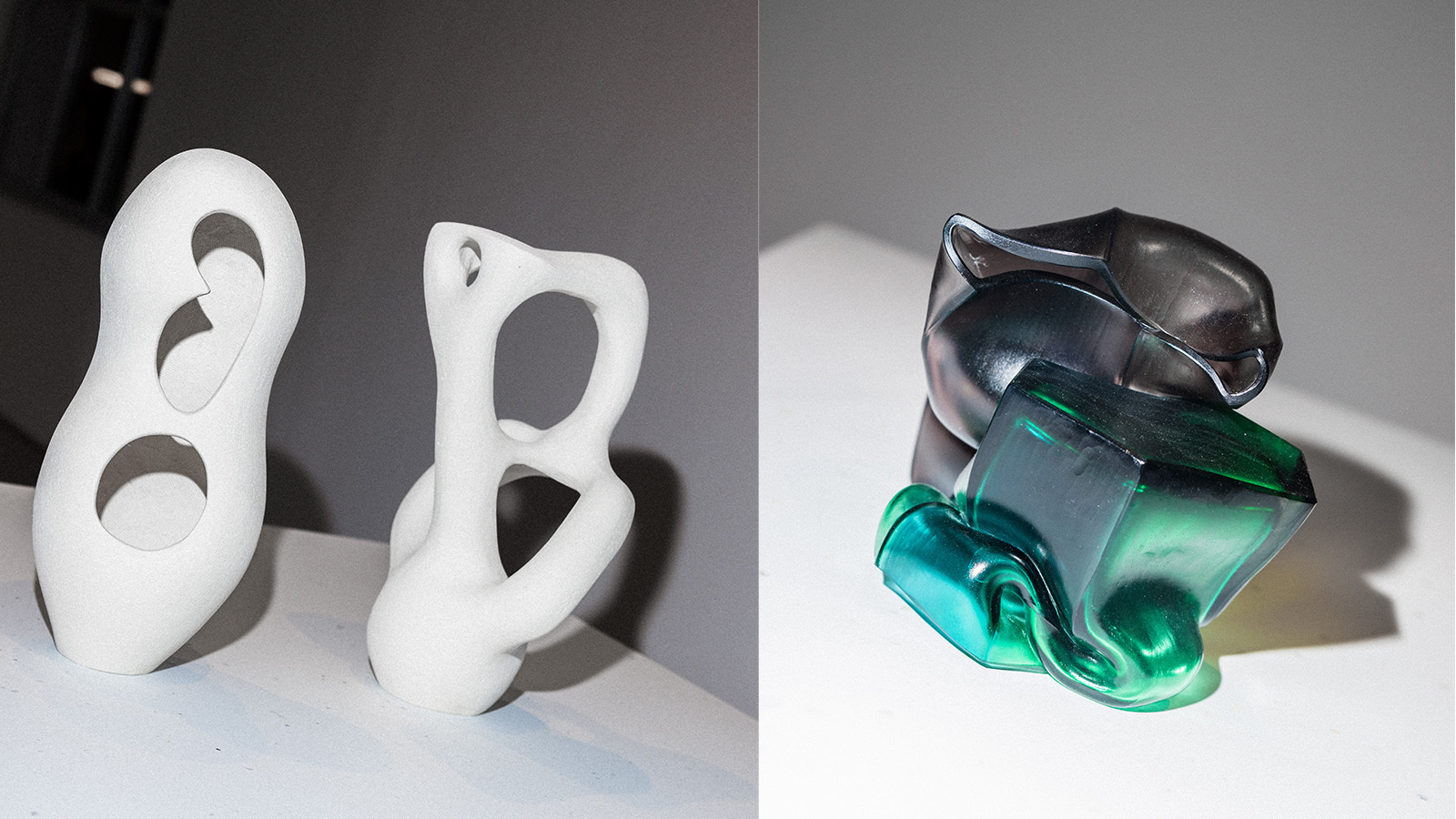 StoneX partners with Wallpaper* for material alchemy at Milan Design Week and beyond
StoneX partners with Wallpaper* for material alchemy at Milan Design Week and beyondThe natural stone purveyor teams up with Wallpaper* for a three-year partnership of material adventures, starting with an exhibition at Triennale di Milano
By Simon Mills
-
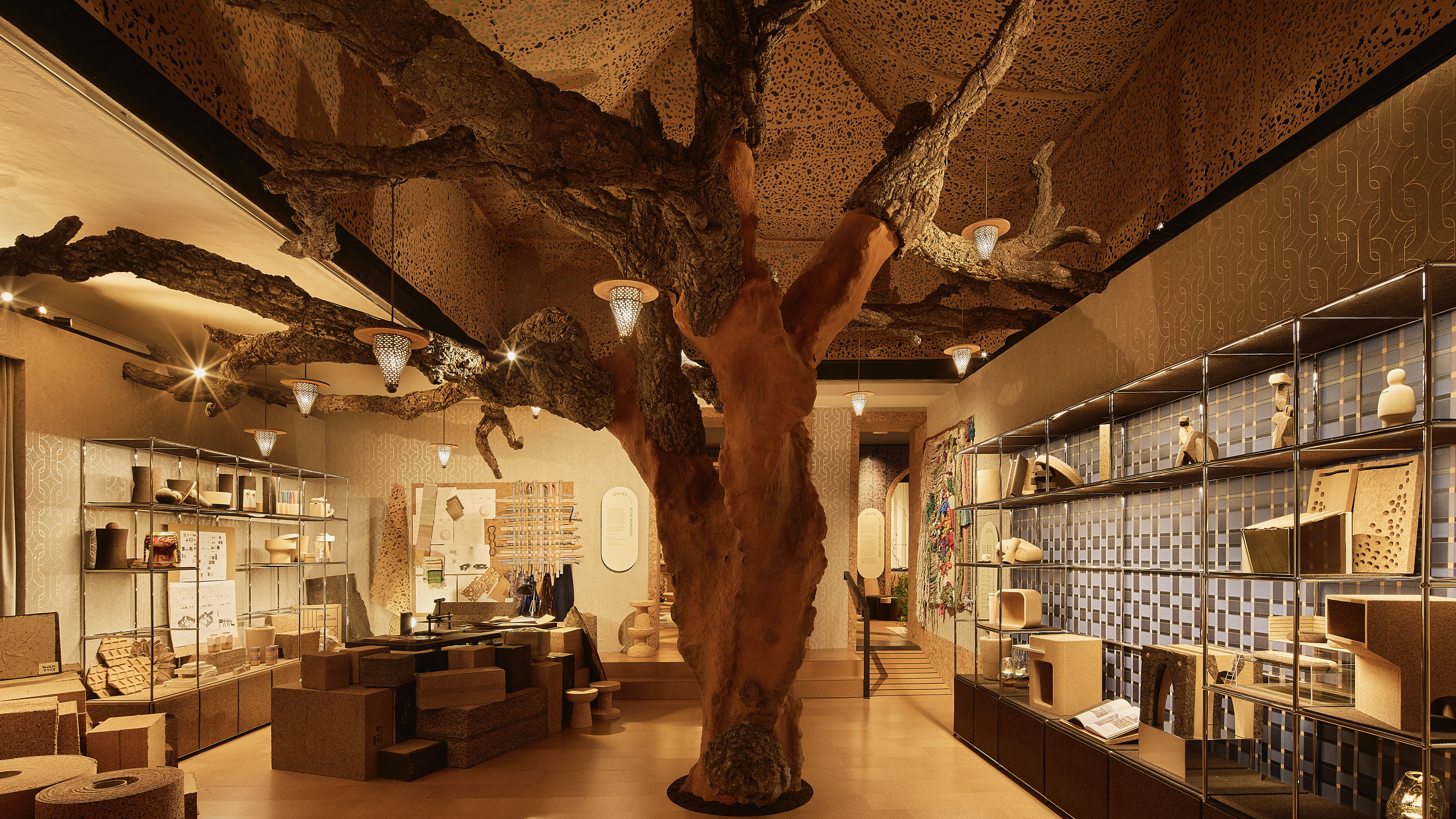 David Rockwell’s Milan Design Week presentation is a love letter to cork
David Rockwell’s Milan Design Week presentation is a love letter to corkRockwell Group’s Casa Cork installation showcases this under-appreciated material, which is infinitely recyclable and sequesters carbon for decades
By Anna Solomon
-
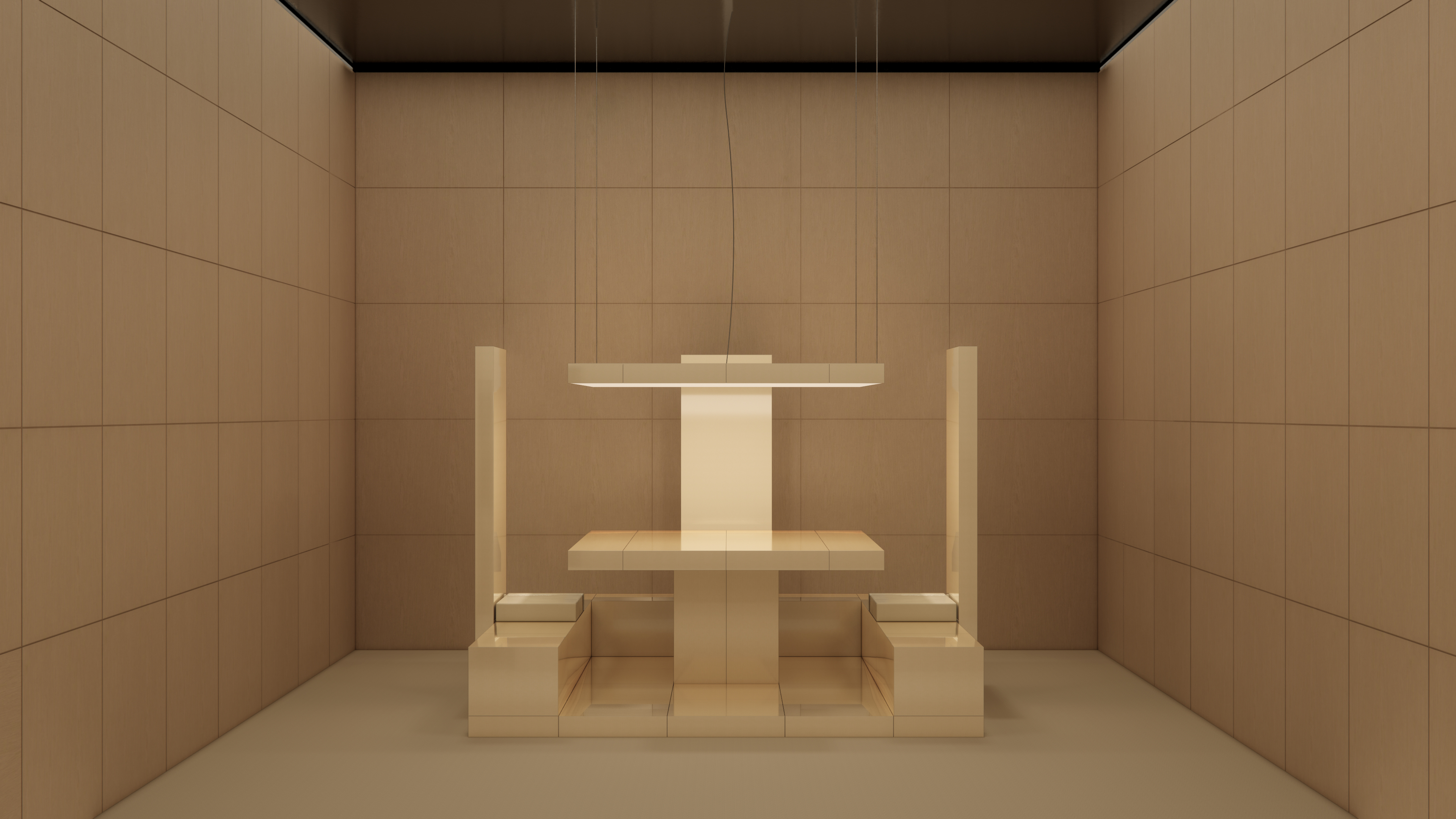 Emerging galleries to discover during Milan Design Week
Emerging galleries to discover during Milan Design WeekWallpaper’s Milan editor has the inside track on the younger design galleries coming to town
By Laura May Todd
-
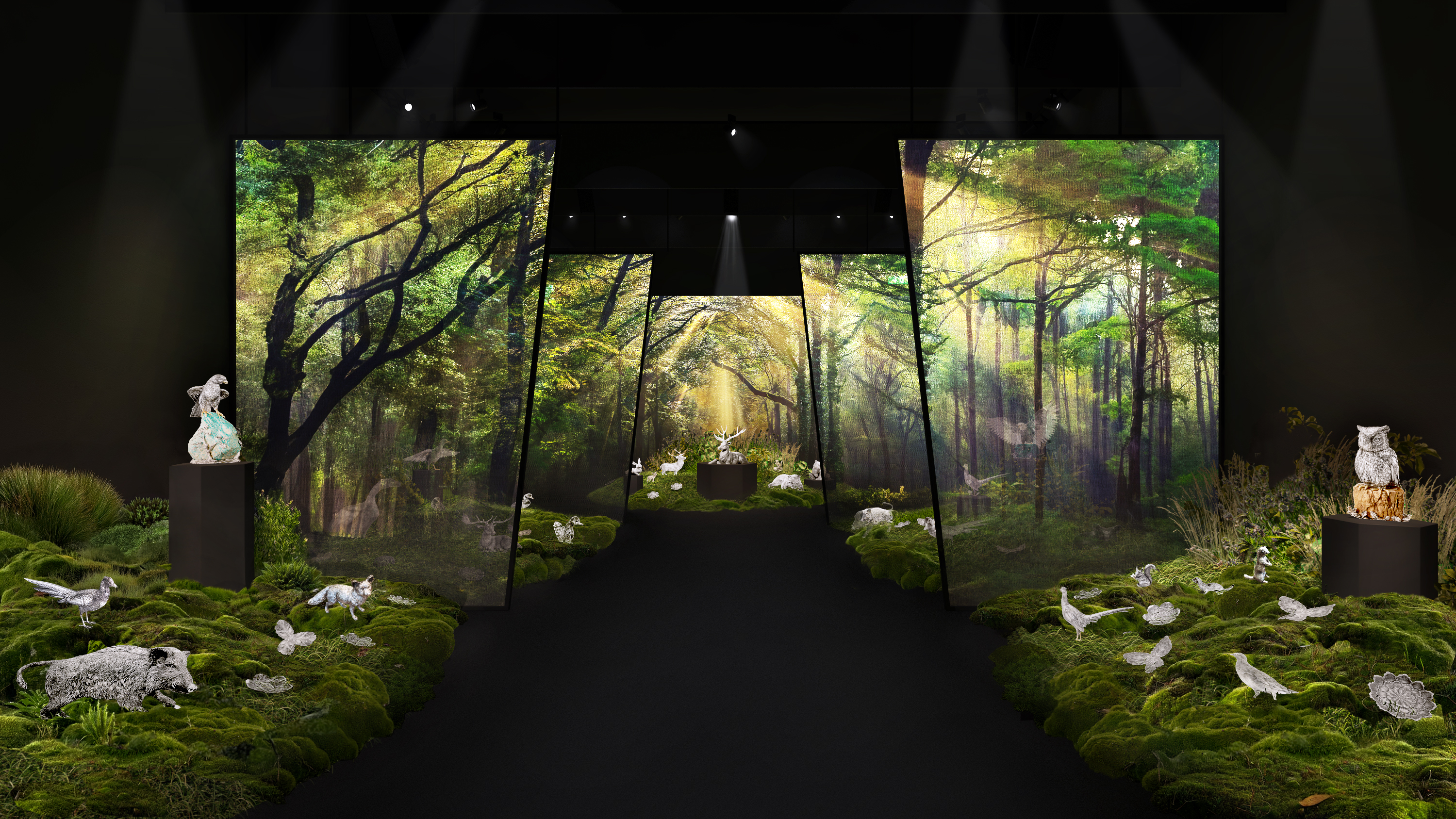 Buccellati brings the forest and Furry Animals to Milan Design Week
Buccellati brings the forest and Furry Animals to Milan Design WeekThe jewellery and silverware maison falls back on tradition for its Milan showcase, presenting its now-emblematic collection of intricately crafted creatures
By Laura May Todd
-
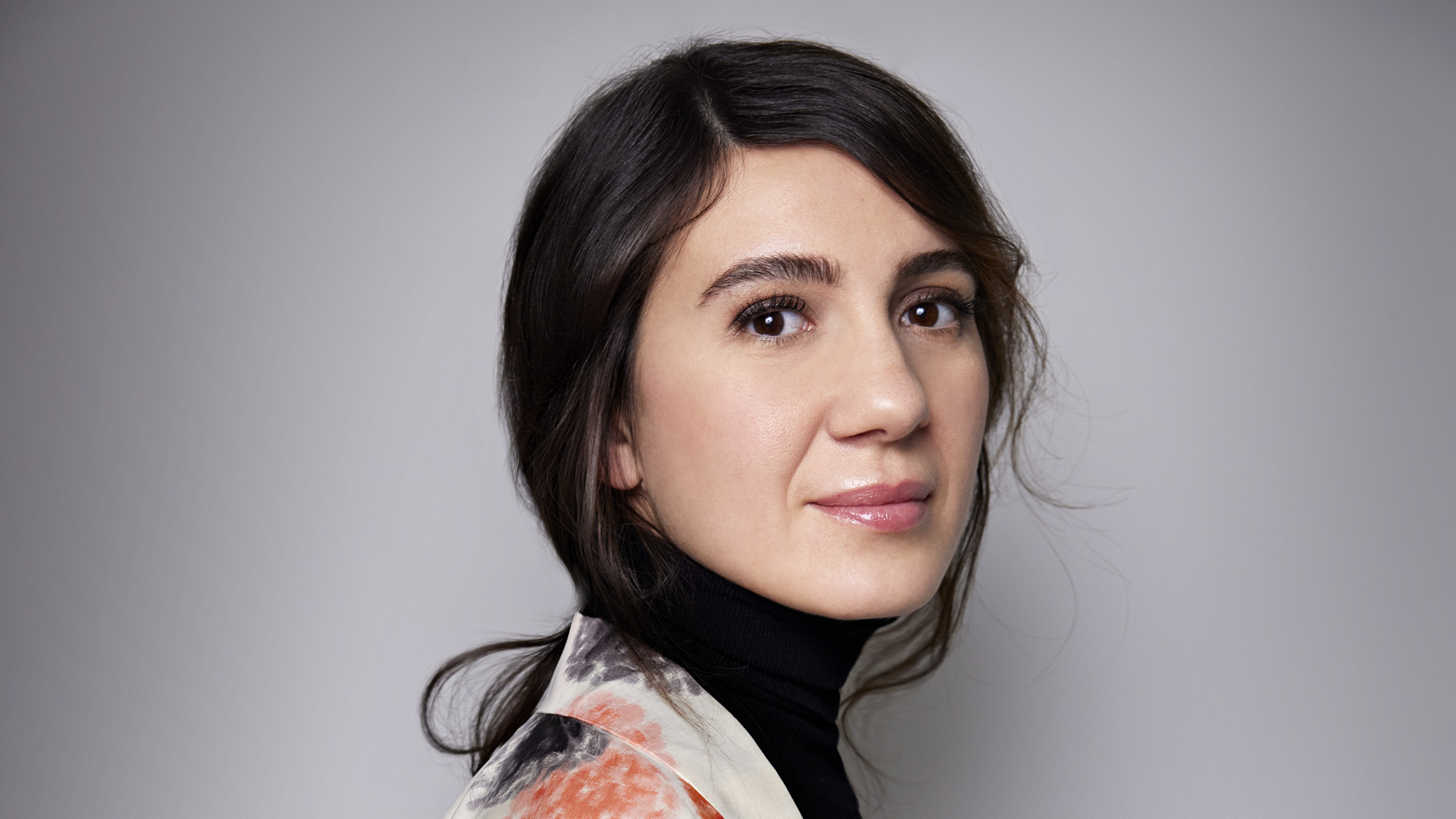 Where next for Salone del Mobile? Maria Porro on the future of the world’s biggest furniture fair
Where next for Salone del Mobile? Maria Porro on the future of the world’s biggest furniture fairAhead of Salone del Mobile 2025 in Milan, we sit down with its president to talk design, data and forging the event’s future in a fast-changing world
By Hugo Macdonald
-
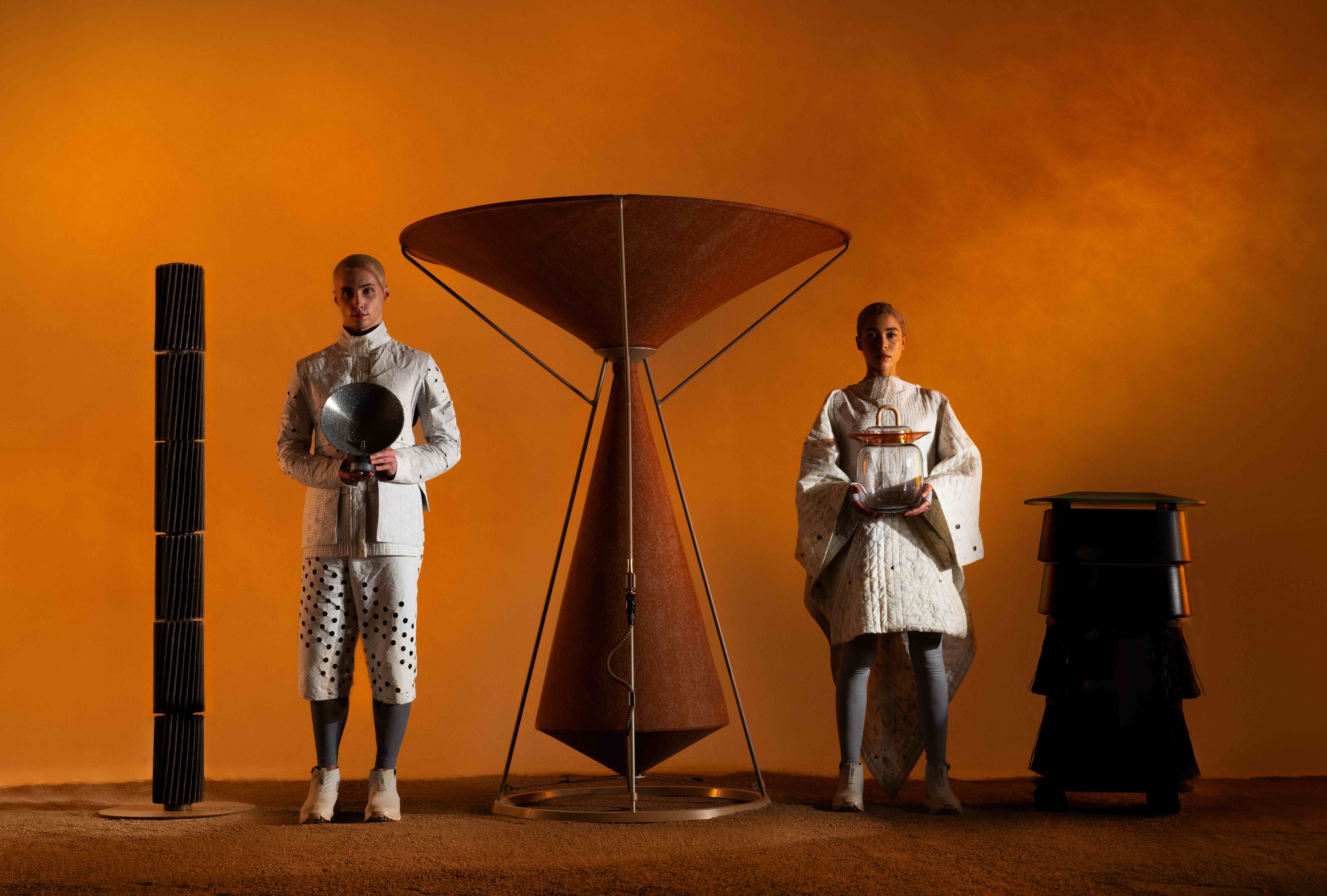 What to see at Milan Design Week 2025
What to see at Milan Design Week 2025A guide to some of the events the Wallpaper* team is checking out at Milan Design Week (7–13 April) – from public installations and major launches to standout venues and must-see exhibitions
By Hugo Macdonald
-
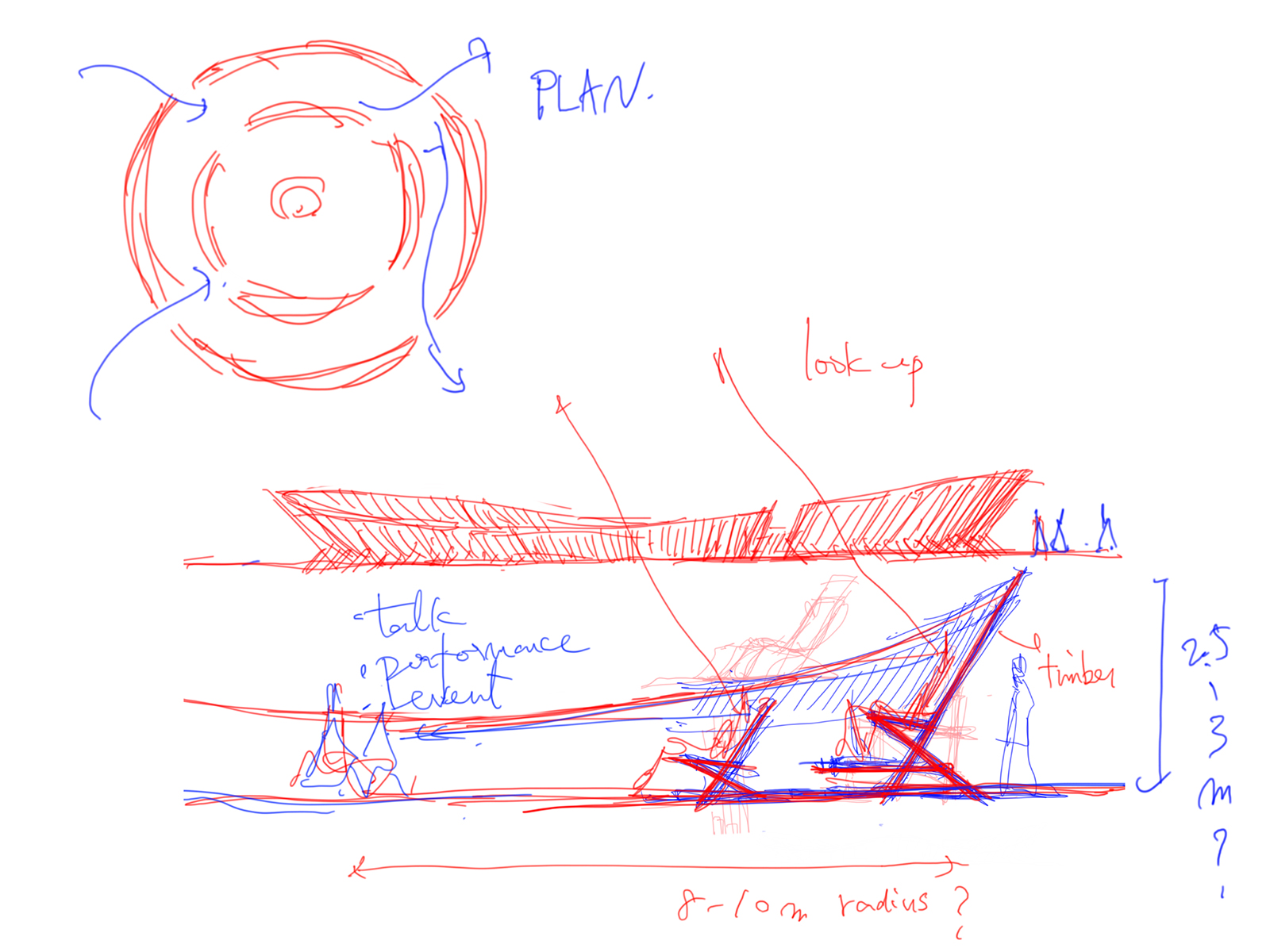 Salone Del Mobile 2025: Paolo Sorrentino, Robert Wilson, Sou Fujimoto and Pierre-Yves Rochon amongst this year's contributors
Salone Del Mobile 2025: Paolo Sorrentino, Robert Wilson, Sou Fujimoto and Pierre-Yves Rochon amongst this year's contributorsThe countdown to Salone Del Mobile 2025 has begun. President, Maria Porro, announced first plans for the fair including some key names
By Cristina Kiran Piotti